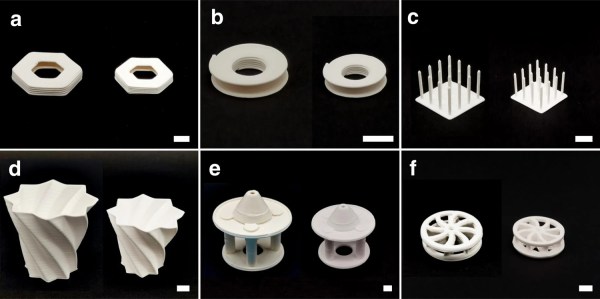Let’s say you’ve got a fun little organization that does things together under a collective branding or banner. Maybe you want to celebrate that fact with some visually appealing signage? Well, that’s pretty much how [Jack] of the Purdue Hackers felt, so he and the gang put together a sizable logo sign to advertise their makerspace.
[Jack] explains that The Sign, as it is known, embodies the spirit of the Purdue Hackers. Basically, it’s about making something cool and sharing it with the world. He then outlines how they came to develop a “shining monument” to their organization with the use of LEDs and 3D printed components. The blog post explains how the group began with small prototypes, before stepping up to build a larger version for display in their makerspace window. It also chronicles the twists and turns of the project, including budget snarls and PCB errors that threatened to derail everything.
Ultimately, though, the Purdue Hackers prevailed, and The Sign has been shining bright ever since. Files are on GitHub for the curious, because it’s all open source! Meanwhile, if you’ve been cooking up your own neat signage projects, don’t hesitate to drop us a line!




















